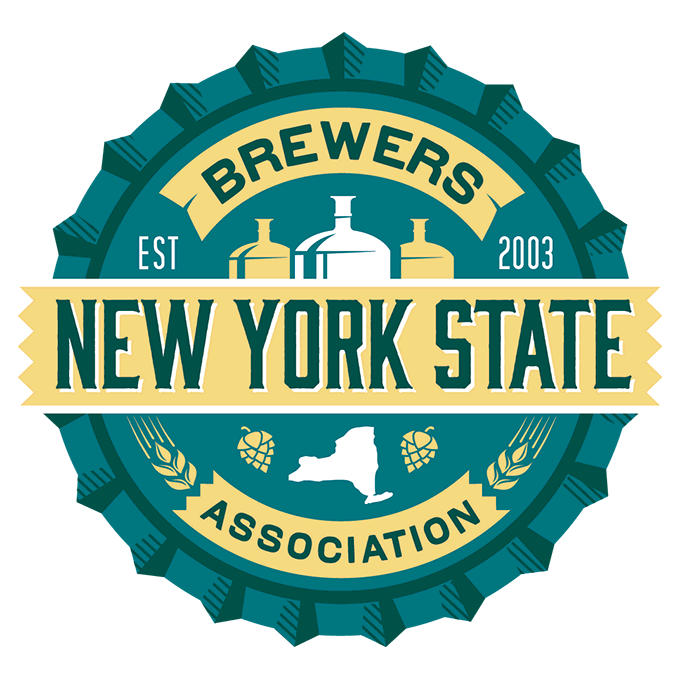
Starting your own craft beer business is exciting. Establishing flavours, designing product lines, and curating brand identity add up to unique and fun experiences that are all a part of the business of beer. But after all that work, it can be difficult and overwhelming to think about expansion. It may take a bit of elbow grease and some creative thinking, but the more that’s poured into a craft beer business, the smoother the expansion process will be.
Deliver Diversity
If you don’t diversify product, you could be missing out on important business. Do your research and determine how similar products are performing in the market, which areas of the market are saturated, and where there is room to introduce something new, or expand or improve upon something already available. What you find may surprise you. For example, CNN discovered that a significant number of US consumers over the past few years were concerned about the effects of alcohol on health, and sales of non-alcoholic beers skyrocketed. Take a look at current F&B trends for inspiration and exposure to new, niche markets. Perhaps your next brew is gluten-free or vegan, or responds to a new direction in the market.
Sell Out
Growing a craft beer business means expanding the number of ways consumers can purchase your beer. Offering growlers and kegs at tap rooms is fantastic, but that limits sales only to those who physically show up to your establishment. In 2017, a Harris Poll discovered that 1 in 10 beer purchases were actually done online. Selling beer online is just a step away from selling branded merch, such as t-shirts, hats, or special edition bottles and labels, online as well.
Another way to increase sales is to enter the wholesale market. Depending on the location, shelf space at a retail store may cost, but it dramatically increases the network of consumers your product is exposed to. If shelf space at a major retailer is cost-prohibitive, consider expanding into more rural, and cheaper markets. Consumers in rural areas could be more inclined to buy an exciting new craft beer they see on store shelves as opposed to the ones they’re used to buying all the time. Selling in wholesale markets is also an effective way to gather and study useful sales metrics that can help you better cater to a wide array of consumers.
Space Out
As a craft beer producer, it’s important to have a space consumers can congregate to try your brew, which is why most North American craft breweries also invest in opening physical retail space. But tap rooms and bars aren’t the only places to sell your product. Consider joining local festivals as a vendor, or sponsoring nights at music venues around town. This allows for local business-to-business marketing strategies to evolve while increasing brand awareness and buying potential by situating your product within niche markets.
If you choose to focus on your own venue, expand within it by utilizing it as an event space to draw in new customers with events that may make them regulars. Try open-mics or trivia nights, pop-up shops or beer tasting workshops, all of which can increase brand awareness and capitalize on word-of-mouth marketing.
Stay Social
A strong social media strategy is still key to running a successful business, and can be influential in supporting any expansion efforts. Many breweries use Instagram, for example, to promote new brews and daily or weekly rotating taps. This is a great way to not only advertise product, but to engage directly with customers and target specific audiences to develop a buzz around anything new. Build up interest in events on Facebook, get professional photos done of any new products to share on Instagram and tap into new social media followings with influencer partnerships or by tagging the social media followings of events where your new products are featured.
Craft beer is an industry that shows no signs of slowing down, and neither should you. Increasing consumer awareness, thinking outside the brand, and enhancing an already enjoyable experience will all result in positive craft beer business growth that’s good to the last drop.